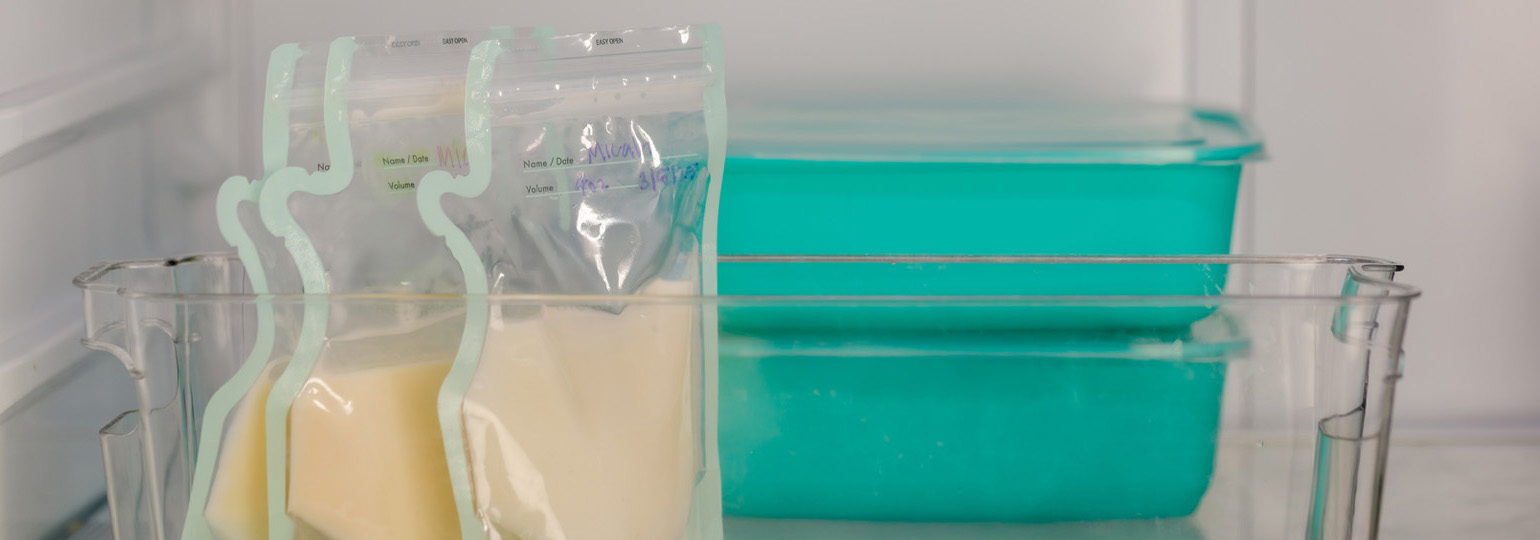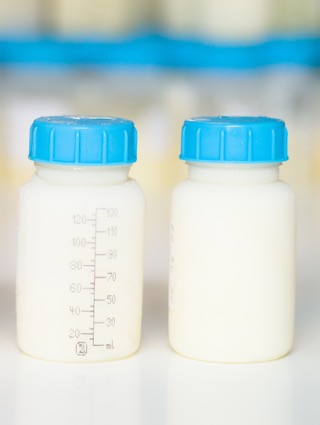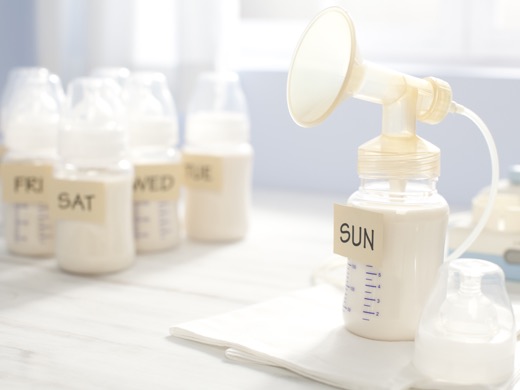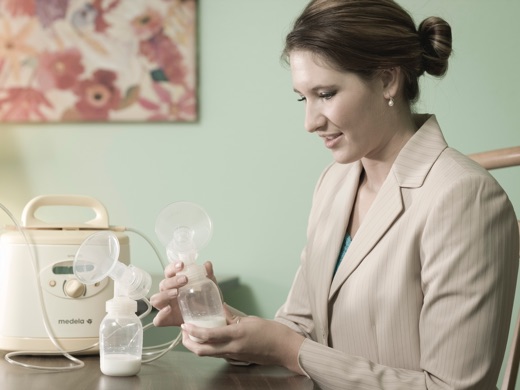Breastfeeding Support 24/7: 855-550-6667
Building a freezer supply of breastmilk
Learning how to store breastmilk will help you feel more confident and less stressed about feeding your little one. We’ll also help you understand how much milk you need in your freezer—it’s probably not as much as you think!
How to store breastmilk
If you’re not going to use your breastmilk within four hours after pumping, you should store it in a refrigerator or in a cooler with ice packs as soon as possible. The milk can also be frozen if you aren't going to use it right away.
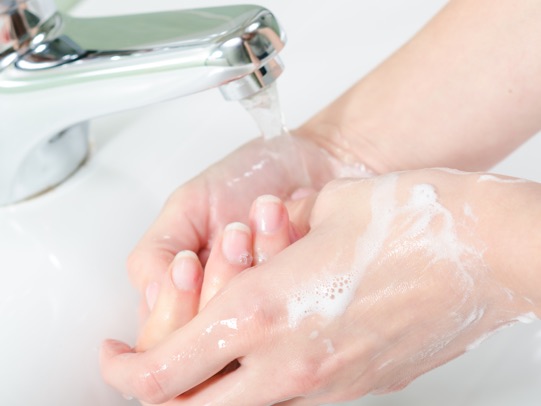 1. Wash your hands before handling breastmilk.
1. Wash your hands before handling breastmilk.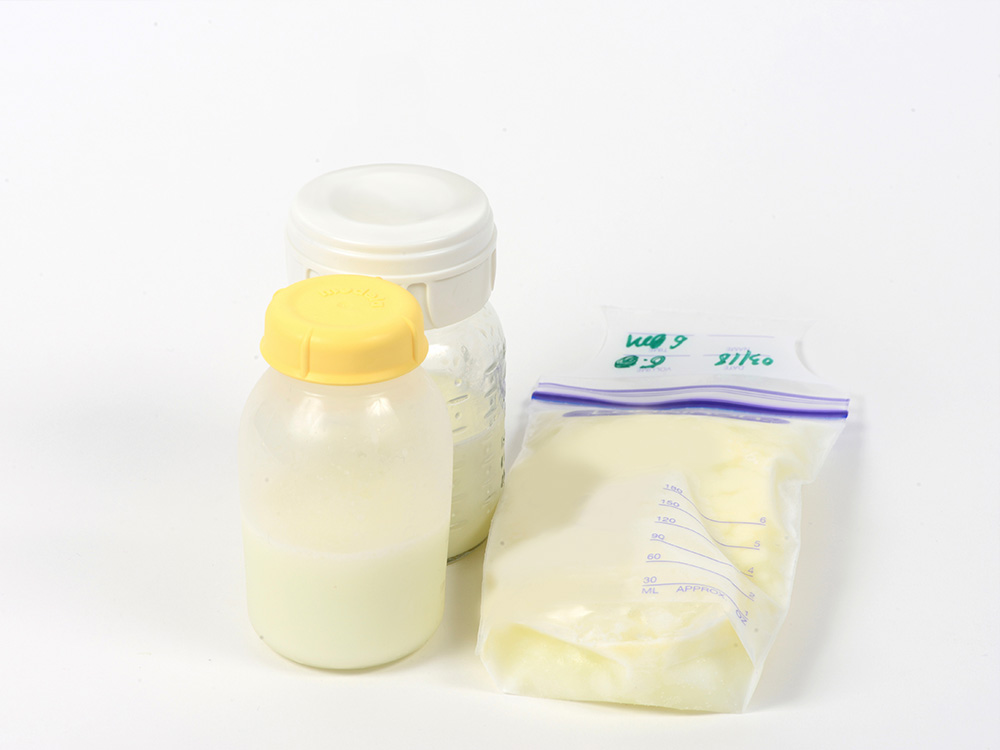 2. You can store breastmilk in breastmilk storage bottles or breastmilk storage bags. Any plastic or glass bottle with a screw-on lid or zip-seal storage bag will work. If you use regular zip-seal storage bags (not designed for breastmilk storage) double-bagging is a good idea in case of leaks or tears. Bottles and bags designed specifically for breastmilk storage are usually found in the baby section of most grocery stores.
2. You can store breastmilk in breastmilk storage bottles or breastmilk storage bags. Any plastic or glass bottle with a screw-on lid or zip-seal storage bag will work. If you use regular zip-seal storage bags (not designed for breastmilk storage) double-bagging is a good idea in case of leaks or tears. Bottles and bags designed specifically for breastmilk storage are usually found in the baby section of most grocery stores.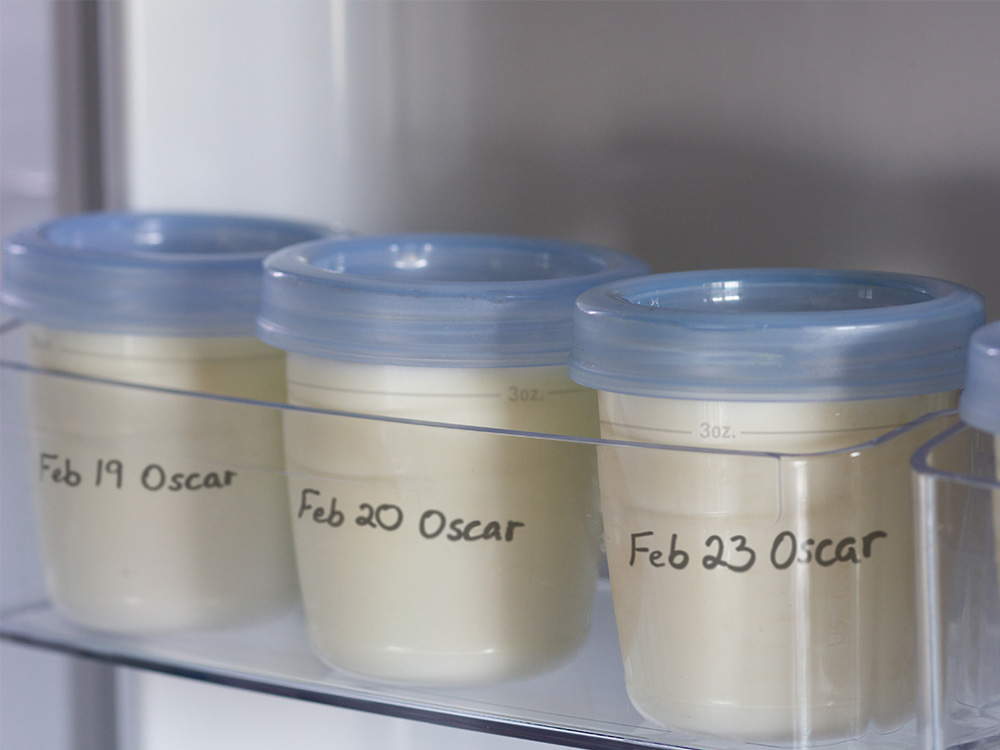 3. Label the containers with the date the milk was pumped. If you are sending the milk to day care, you’ll want to include your baby’s name as well.
3. Label the containers with the date the milk was pumped. If you are sending the milk to day care, you’ll want to include your baby’s name as well. 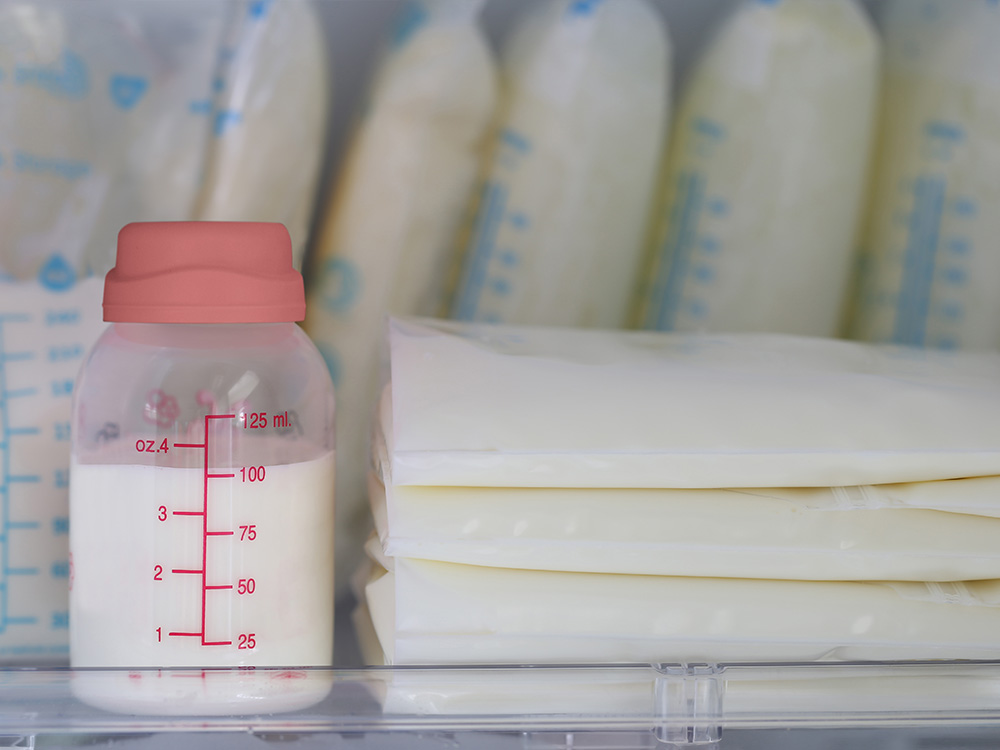 4. Store breastmilk in amounts that you use for a normal feeding. Since you can't re-freeze breastmilk, start by storing about 3 to 4 ounces per bottle or bag. Watch your baby’s bottle intake over time and adjust your stored amounts as necessary.
4. Store breastmilk in amounts that you use for a normal feeding. Since you can't re-freeze breastmilk, start by storing about 3 to 4 ounces per bottle or bag. Watch your baby’s bottle intake over time and adjust your stored amounts as necessary.
Expert Tip
“It’s a great idea to have a few bags of frozen milk that are only 1 or 2 ounces. That way, if baby just needs a little extra for a feeding, you can quickly defrost these smaller amounts.”
Michelle P., WIC IBCLC
How much milk do I need in my freezer?
Many moms worry that they need a freezer full of milk before returning to work, but not all mothers need to store a big supply of breastmilk in the freezer. If you are able to pump at work for every missed breastfeed, you don’t need to store much breastmilk at all. The milk that you pump on Monday would be fed to your baby on Tuesday. The milk that you pump on Tuesday would be fed to your baby Wednesday, and so on.
However, it’s nice to have a backup supply for those times when:
- You miss a pumping session.
- Your baby is having a growth spurt.
- Someone accidentally spills a bottle of milk.
- Needed to cover situations outside your normal routine.
Many moms have a temporary drop in their milk supply when they return to work, so having a backup supply in the freezer can help you feel less stressed about running out.
Breastmilk storage guidelines
How long can I store breastmilk?
The breastmilk storage chart below will help you understand the guidelines.
| Storage method | Use within |
|---|---|
| Countertop/Room Temperature (up to 77° F) | 4 hours |
| Insulated Cooler Bag with Ice Packs | 24 hours |
| Refrigerator | 4 days |
| Freezer Section of Fridge | 2 weeks |
| Freezer with Separate Door | 6 months |
| Deep Freezer | 12 months |
Pumped milk might look different than you think!
- Many moms notice the breastmilk in their refrigerator looks blue, yellow or brown and wonder if something is wrong. That is normal—the color of breastmilk can be different depending on the foods you eat.
- It is also normal for breastmilk to separate so that the fatty part of the milk rises to the top. Gently shake the bottle or the sealed bag back and forth, and the fat will go back into the milk.
How to use a breast pump
Need help figuring out how and when to use your pump?
Warming Breastmilk
If you have been storing breastmilk in the freezer, try to remember to take milk out of the freezer the night before you need it and let it defrost in the fridge overnight. Once defrosted, gently swirl and shake the container back and forth so the fat will go back into the milk.
Some babies prefer warm breastmilk, while others are happy to drink it cold or at room temperature. To warm breastmilk, run it under warm water or place it in a bowl of warm water for a few minutes. Never microwave breastmilk as this will damage the living cells and create hot spots that can burn the baby.
